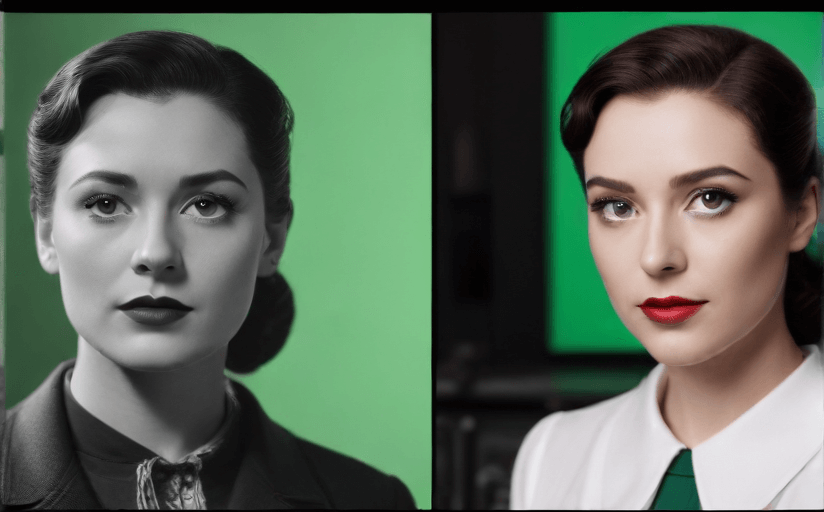The Evolution of Special Effects in Hollywood Movies
The world of Hollywood and filmmaking has massively evolved, and the divide between fantasy and reality has entirely blurred, in large part because of revolutionary advancements in the field of special effects. The following article attempts to chart the exciting journey from the rudimentary special effects of early 20th-century cinema through to the stunning computer-generated imagery (CGI) of today's blockbusters.
A Historical Overview
Special effects, or SFX as they are often known, made their debut in film long before the advent of computers. In the 1902 science-fiction film A Trip to the Moon by George Melies, simple trick photography enabled the filmmaker to create a seemingly impossible voyage to our lunar satellite. Such techniques formed the bedrock of early special effects, a far cry from the sweeping landscapes and hyper-realistic creatures we are familiar with today.
Fostering Advancements in Technology
In the mid-20th century, the introduction of mechanical special effects brought fantastical elements to life in films like The Thief of Bagdad (1940), which mesmerized audiences with its magical on-screen delights. By the 1970s and '80s, with the advent of miniature and animatronic effects, Hollywood served up newer marvels. Steven Spielberg's Jaws (1975) and George Lucas' Star Wars trilogy were game-changers, with their creatures and spaceships that seemed to break the barriers of what was possible.
Then came the digital revolution in the 1990s, transforming special effects forever. CGI took center stage, with Jurassic Park (1993) presenting audiences with incredibly realistic dinosaurs that roamed and interacted with humans.
Impacts on Storytelling and Audience Expectations
The progress in special effects has significantly influenced storytelling in cinema. Filmmakers no longer remain bound by practical limitations, and instead, the only constraint is the limit of their imagination. Audiences now expect movies to present not just a compelling narrative but also a visual feast, driving filmmakers to constantly push the boundaries of what's possible.
Insights into the Future
Going forward, advancements like virtual reality (VR), augmented reality (AR), and even more immersive CGI technologies could sculpt the future of special effects in Hollywood. In a chase towards even more dazzling spectacles, future films might see characters and environments with such minute detail that they are nearly indistinguishable from reality.
From the simplest tricks of the early 20th century to the modern marvels of CGI, special effects in Hollywood have come a long way. In the future, they will no doubt continue to astound us, pushing the very boundaries of what we perceive as reality.


















Comments
Leave a Comment